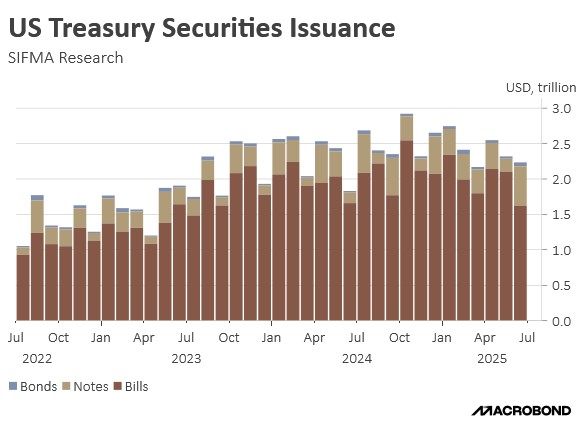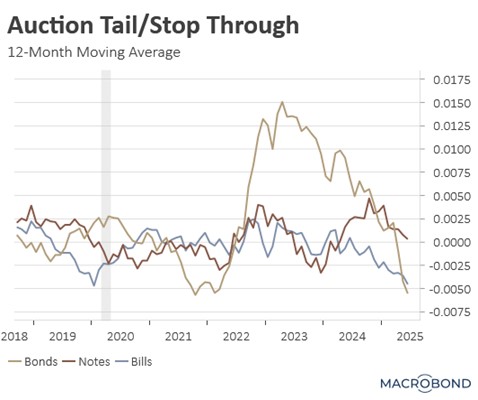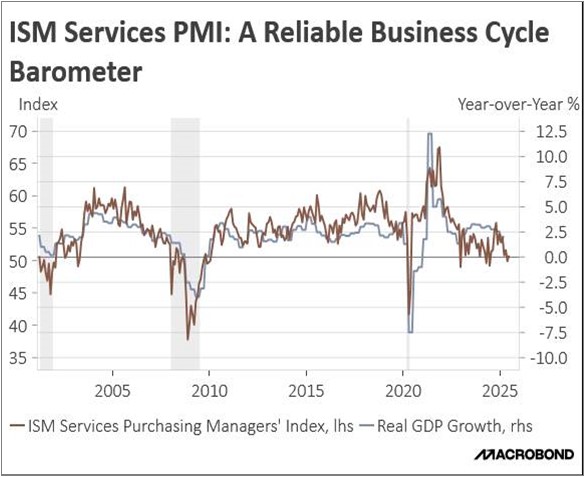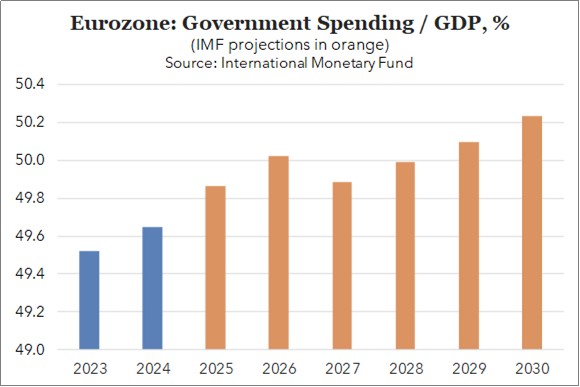by Patrick Fearon-Hernandez, CFA, and Thomas Wash
[Posted: 9:30 AM ET] | PDF
Our Comment today opens with news that China is preventing yet another US citizen from leaving the country, a move that will likely raise US-China tensions. We next review several other international and US developments that could affect the financial markets today, including a UK review of its public pension system that could lead to a rise in the retirement age and news that JPMorgan is exploring the possibility of lending against its clients’ cryptocurrencies.
China-United States: The US Embassy in Beijing today said the Chinese government has imposed an exit ban on a US citizen who works for the US Patent and Trademark Office. The unidentified USPTO employee reportedly flew to China earlier this year to visit family and didn’t reveal his affiliation with the US government on his visa application. Reports say he has been detained since mid-April as Chinese authorities question him about his work and his former service with the US military.
- The exit ban on the USPTO employee comes just a week after news that a Wells Fargo bank employee visiting family in China was also told she couldn’t leave, ostensibly for purposes of a criminal investigation. The Chinese government has also recently detained or imprisoned other Western business executives.
- As we noted in our Mid-Year Geopolitical Outlook published last week, the intense media focus on US-China trade tensions this year shouldn’t distract investors from the fact that military, technological, and other aspects of the bilateral relationship are still worsening.
- Indeed, the spate of exit bans could be meant to remind US officials that China has a range of non-economic levers to resist the Trump administration’s aggressive tariff policies.
- Not only do the exit bans and detentions portend increased US-Chinese political tensions, but they also are likely to further discourage Western firms from investing in China.
China: An article in the Wall Street Journal late yesterday discusses how Beijing has sharply curbed China’s oil demand in recent years to make the country less vulnerable to a supply cutoff by the US and its allies. The article says China has achieved this mostly by rekindling its domestic oil output and rapidly building out its fleet of electric vehicles.
- China’s successful strategy shows how green energy technologies – such as wind, solar, and EVs – can boost national security by cutting the need to import energy from abroad.
- Political leaders in the US and the rest of the West are currently pushing hard to roll back green-energy subsidies and incentive programs, but the national security value of green energy could potentially limit how far those programs are cut.
Japan: Kansai Electric Power today said it will resume planning for a new nuclear generating plant in Fukui prefecture after suspending the project in 2011 in the wake of the meltdown at the Fukushima reactors. The Kansai project would mark Japan’s first new nuclear plant from scratch since the disaster at Fukushima, potentially signaling a resumption and revitalization of Japan’s nuclear industry. It’s also consistent with an expected rebound in the global nuclear industry.
United Kingdom: The government of Prime Minister Starmer yesterday said it will begin a new review of the public pension age, four years before the legal deadline to have it finished by 2029. The current state pension age is 66, but it is scheduled to rise to 67 in 2026 and 68 in the coming years. The review could well result in a further boost to those ages, especially considering the government’s big budget deficit and Starmer’s flailing effort to rein in spending.
Nigeria: The National Bureau of Statistics says an updated method for calculating the country’s gross domestic product shows GDP totaled $244 billion in 2024, or 30% more than previously estimated. The new method better captures the contribution of new industries, such as digital services. Based on data from the International Monetary Fund, the new figure would make Nigeria’s economy slightly bigger than that of Hungary and somewhat smaller than that of Greece. Importantly, it would also make Nigeria’s debt-to-GDP ratio modestly lower.
US Monetary Policy: In an interview yesterday, Treasury Secretary Bessent called for a probe into “the entire Federal Reserve institution and whether they have been successful.” The call came one day after the Wall Street Journal said Bessent had talked President Trump out of firing Fed Chair Powell last week. The apparent reversal may reflect a Trump effort to take Bessent down a peg after the Journal’s report. If so, it raises questions about how much influence Bessent really has in trying to tone down Trump’s economic policies.
US Banking Industry: An article in the Financial Times today says banking giant JPMorgan is exploring the possibility of lending against clients’ cryptocurrency holdings. If the bank decides to move forward with the idea, it could offer its first loans collateralized by cryptocurrencies, such as Bitcoin and Ethereum, by next year. The news shows how cryptocurrencies are increasingly being accepted as a normal financial asset and integrated into the financial system.
US Housing Industry: Even as apartment builders struggle with high interest rates, rising costs for materials, and labor shortages, a Trump administration proposal to slash low-income housing subsidies is reportedly starting to freeze affordable housing projects. The freeze stems from the administration’s plan to cut the Department of Housing and Urban Development budget by some 44%. Because of all these challenges, the outlook remains unclear for significant new housing supply to help bring down rent rates unless broader plans for deregulation are implemented.
US Pharmaceutical Industry: Faced with President Trump’s threat to impose tariffs of up to 200% on imported drugs, British pharmaceutical maker AstraZeneca today said it will invest some $50 billion in the US by 2030, including a new manufacturing facility focused on drugs for chronic diseases. That follows similar announcements of new drug manufacturing investments by the likes of Eli Lilly, Merck, and Roche in recent weeks. The news is consistent with our expectation for continued re-industrialization of the US economy over time.







